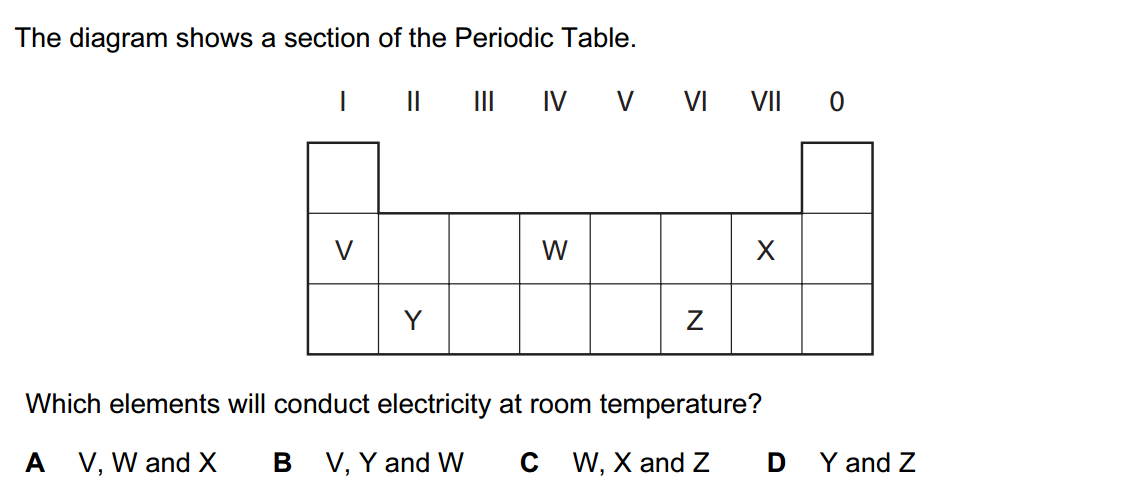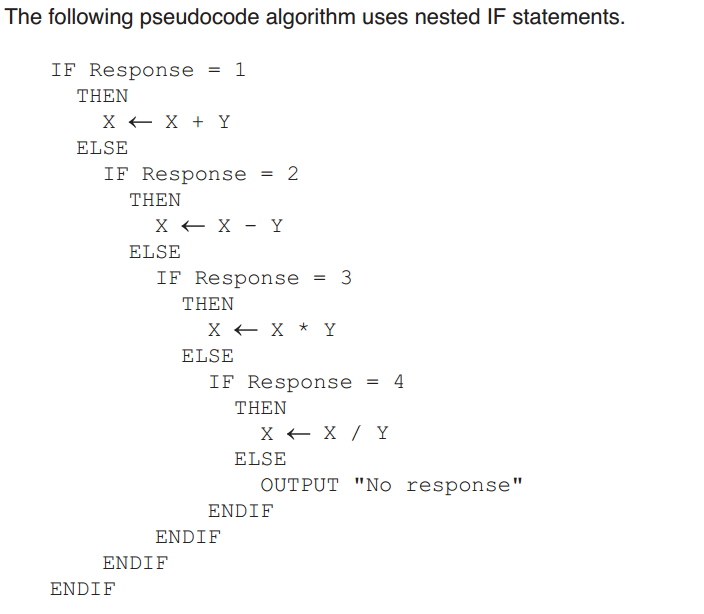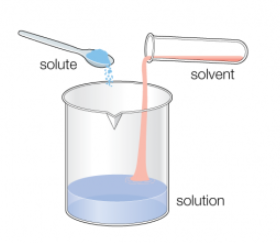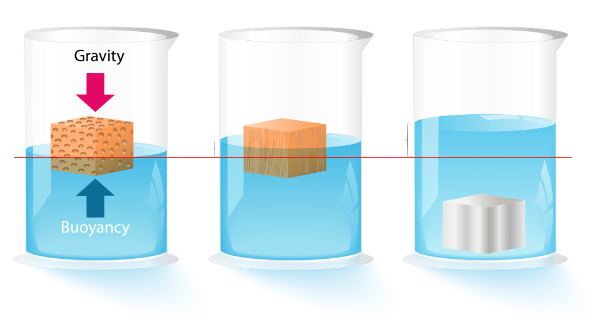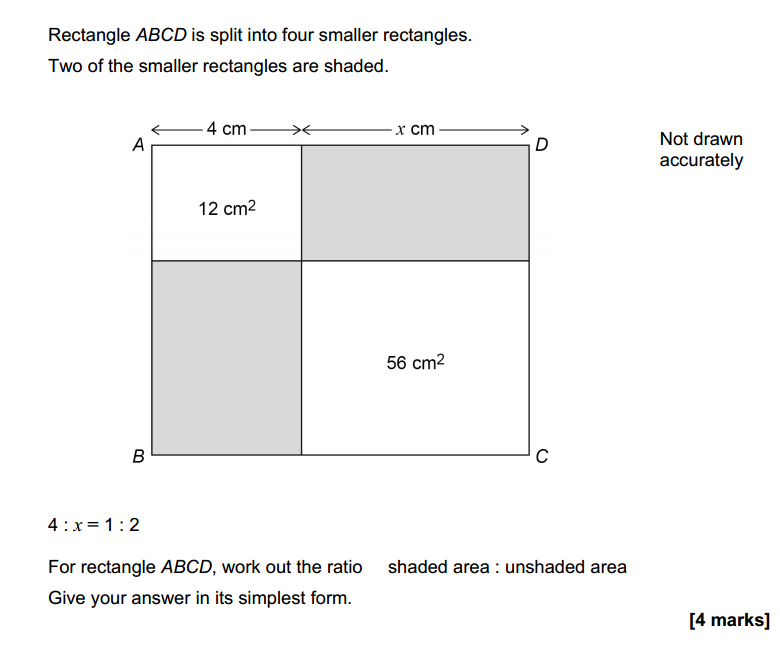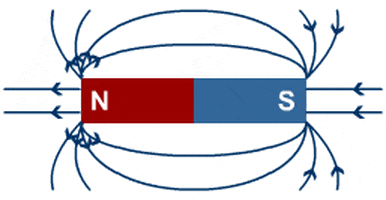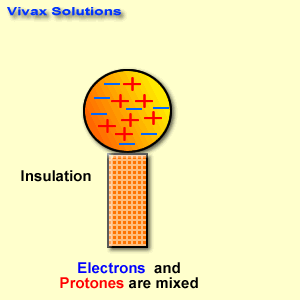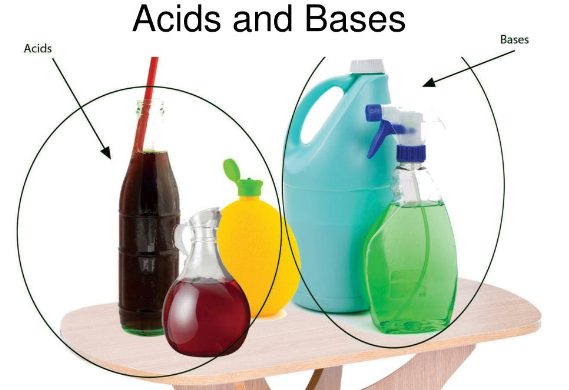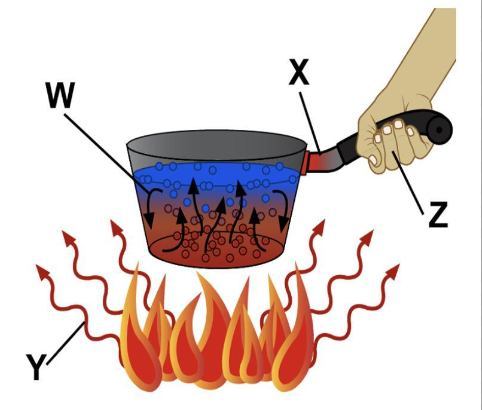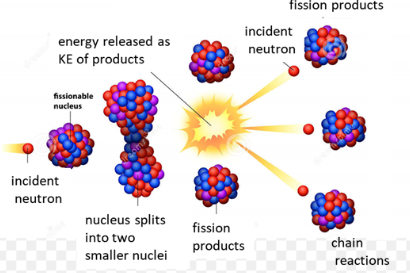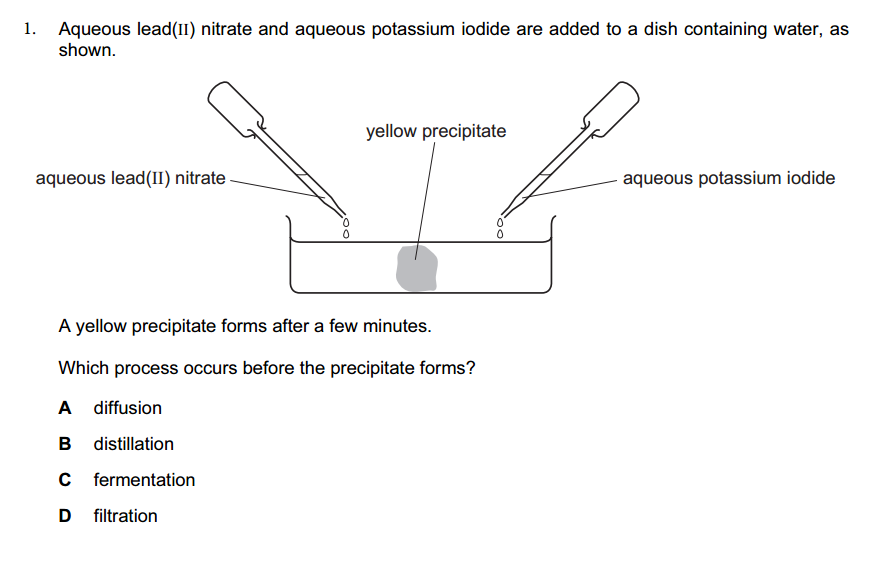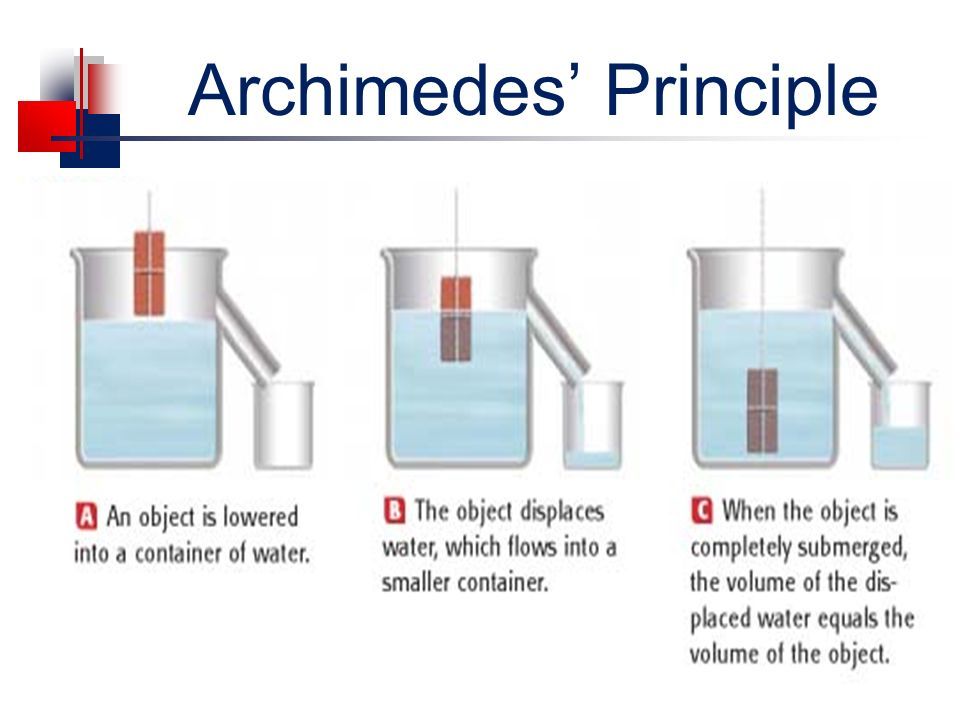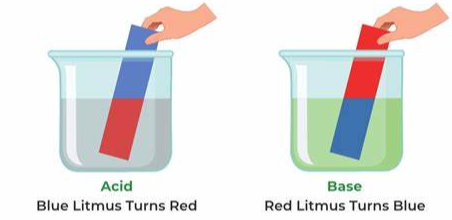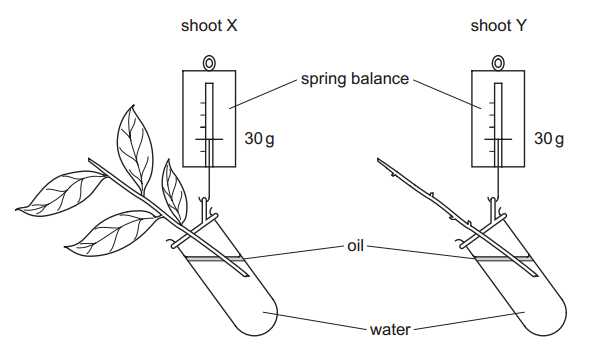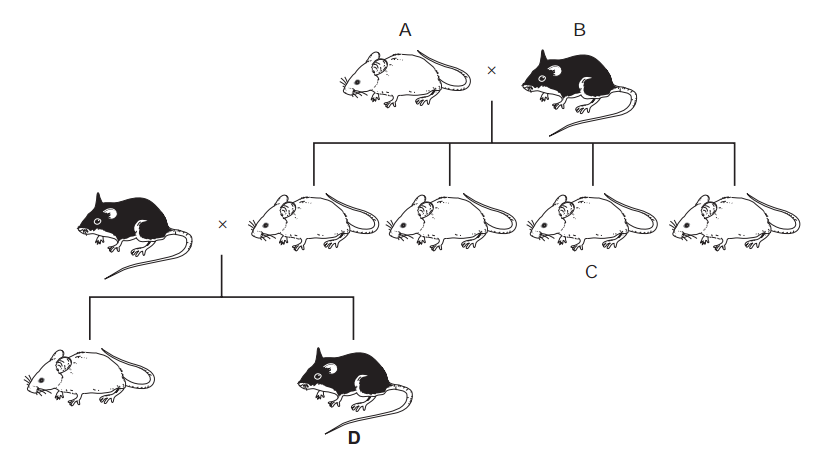An abbreviation is a shortened form of a word or phrase. It is created by taking the initial letters or a few letters from each word in the phrase and combining them to form a shorter representation. Abbreviations are commonly used to save time, space, or effort in written or spoken communication. They provide a concise way of referring to a longer word or phrase. Abbreviations can be used in various fields such as medicine, technology, business, and more.
- ASAP – As Soon As Possible
- FYI – For Your Information
- LOL – Laugh Out Loud
- BTW – By The Way
- OMG – Oh My God
- BRB – Be Right Back
- IMO – In My Opinion
- TTYL – Talk To You Later
- AFAIK – As Far As I Know
- TBD – To Be Determined
- FAQ – Frequently Asked Questions
- DIY – Do It Yourself
- FYR – For Your Reference
- EOD – End Of Day
- ETA – Estimated Time of Arrival
- HR – Human Resources
- CEO – Chief Executive Officer
- IT – Information Technology
- URL – Uniform Resource Locator
- PDF – Portable Document Format
- VPN – Virtual Private Network
- CPU – Central Processing Unit
- HTML – Hypertext Markup Language
- SMS – Short Message Service
- WiFi – Wireless Fidelity
- GPS – Global Positioning System
- DVD – Digital Versatile Disc
- ASAP – As Soon As Possible
- RSVP – Répondez s’il vous plaît (French for “Please respond”)
- NATO – North Atlantic Treaty Organization
- NASA – National Aeronautics and Space Administration
- IQ – Intelligence Quotient
- ISBN – International Standard Book Number
- MRI – Magnetic Resonance Imaging
- DNA – Deoxyribonucleic Acid
- AIDS – Acquired Immunodeficiency Syndrome
- FAQ – Frequently Asked Questions
- ATM – Automated Teller Machine
- USB – Universal Serial Bus
- HTML – Hypertext Markup Language
- JPEG – Joint Photographic Experts Group
- GIF – Graphics Interchange Format
- LCD – Liquid Crystal Display
- LED – Light-Emitting Diode
- VPN – Virtual Private Network
- RAM – Random Access Memory
- CPU – Central Processing Unit
- SSD – Solid State Drive
- LAN – Local Area Network
- WAN – Wide Area Network
- HTML – Hypertext Markup Language
- CSS – Cascading Style Sheets
- SQL – Structured Query Language
- FTP – File Transfer Protocol
- HTTP – Hypertext Transfer Protocol
- HTTPS – Hypertext Transfer Protocol Secure
- CRM – Customer Relationship Management
- ERP – Enterprise Resource Planning
- HRM – Human Resource Management
-
- CMS – Content Management System
- IoT – Internet of Things
- AI – Artificial Intelligence
- VR – Virtual Reality
- AR – Augmented Reality
- URL – Uniform Resource Locator
- FAQ – Frequently Asked Questions
- PDF – Portable Document Format
- ISBN – International Standard Book Number
- CEO – Chief Executive Officer
- CTO – Chief Technology Officer
- CFO – Chief Financial Officer
- COO – Chief Operating Officer
- KPI – Key Performance Indicator
- ROI – Return on Investment
- HR – Human Resources
- CRM – Customer Relationship Management
- API – Application Programming Interface
- HTML – Hypertext Markup Language
- CSS – Cascading Style Sheets
- UI – User Interface
- UX – User Experience
- SaaS – Software as a Service
- PaaS – Platform as a Service
- IaaS – Infrastructure as a Service
- FAQ – Frequently Asked Questions
- CRM – Customer Relationship Management
- ERP – Enterprise Resource Planning
- CMS – Content Management System
- SSL – Secure Sockets Layer
- DNS – Domain Name System
- DHCP – Dynamic Host Configuration Protocol
- VPN – Virtual Private Network
- LAN – Local Area Network
- WAN – Wide Area Network
- RAID – Redundant Array of Independent Disks
- SSD – Solid State Drive
- HDD – Hard Disk Drive
- USB – Universal Serial Bus
- HDMI – High-Definition Multimedia Interface
- IoT – Internet of Things
Share love with others on
Like this:
Like Loading...
Related




